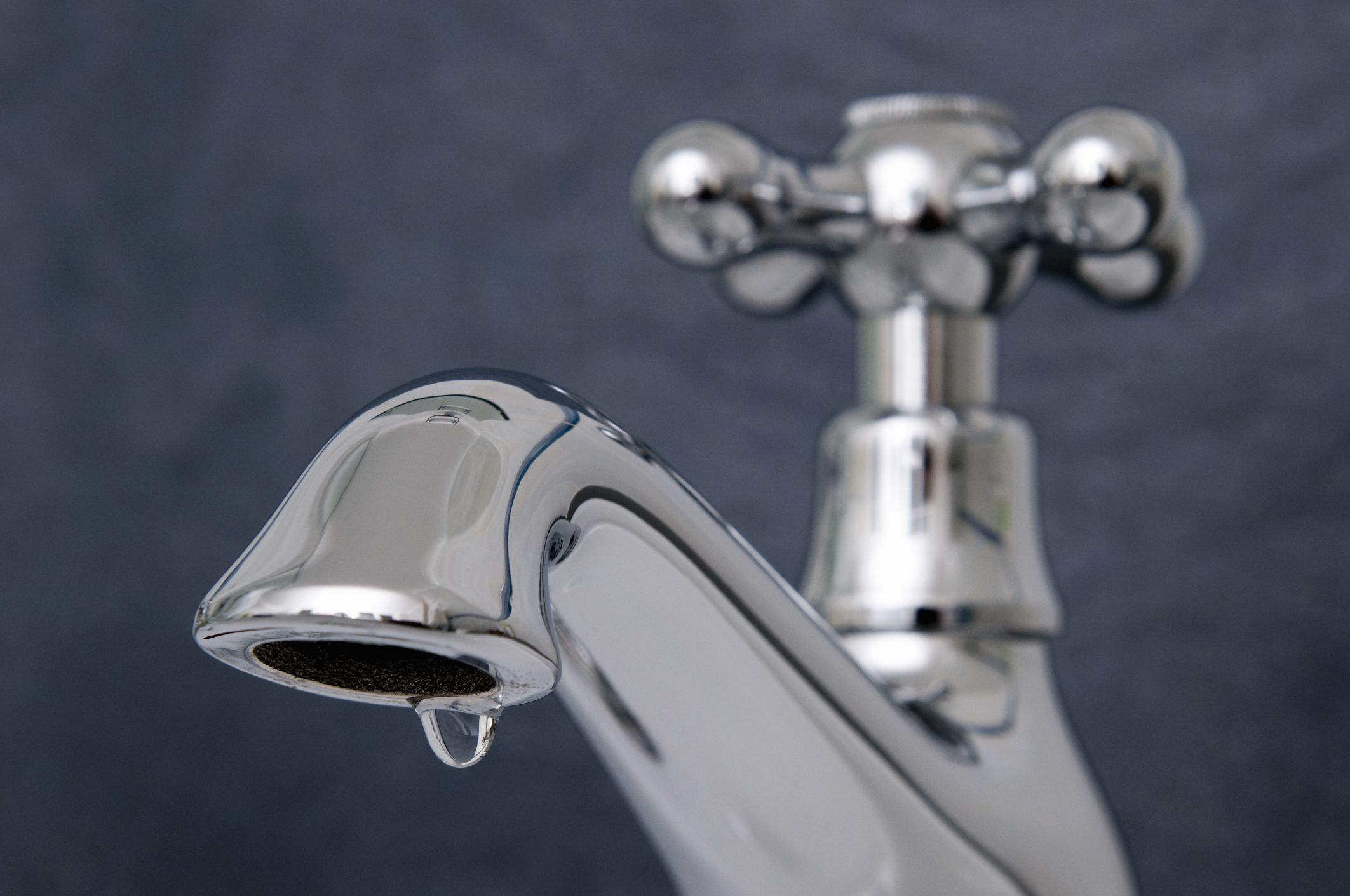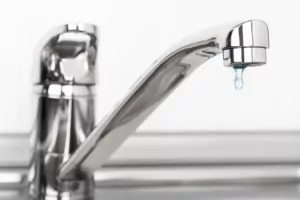Uncovering the Consequences of a Busted Faucet
Uncovering the Consequences of a Busted Faucet
Blog Article
What're your insights and beliefs about Causes and Consequences of a Leaky Faucet?

Introduction
A dripping tap might feel like a small inconvenience, yet its repercussions prolong much past the periodic drip. Recognizing the impacts of a leaky faucet is critical for both homeowners and the environment. In this write-up, we'll discover the different impacts of this usual family issue and why addressing it promptly is necessary.
Reasons For Leaky Faucets
Leaky taps can arise from a range of variables, consisting of damage, high water stress, and deterioration. With time, the consistent use taps can cause worn-out seals and gaskets, triggering leaks to establish. Furthermore, extreme water pressure can put strain on plumbing fixtures, resulting in leaks. Corrosion and corrosion can additionally deteriorate tap elements, making them prone to leakage.
Water Wastefulness
One of the most substantial repercussions of a leaky tap is water waste. Even a tiny drip can add up to gallons of drainage gradually. This not only increases water bills yet likewise contributes to water shortage and ecological degradation. Addressing leaky taps immediately is essential for conserving this precious source and minimizing its impact on the earth.
Financial Effect
In addition to wasting water, dripping taps can likewise have a significant financial influence. Enhanced water costs are a direct effect of water wastage, costing homeowners numerous bucks yearly. In addition, the price of repairing water damage caused by leakages can be significant, especially if left ignored for an extensive period.
Ecological Effect
The environmental impact of dripping taps extends beyond water wastage. By conserving water, property owners can add to wider initiatives to minimize water scarcity and safeguard natural environments. Lasting options such as rainwater harvesting and water-efficient fixtures can further decrease the environmental footprint of household water usage.
Technical Solutions
Improvements in innovation have led to the advancement of clever taps and water-saving tools that aid decrease water wastefulness. Smart faucets use sensors to identify motion and adjust water circulation accordingly, decreasing waste without sacrificing ease. Water-saving gadgets such as aerators and low-flow showerheads are likewise effective in preserving water without endangering performance.
International Viewpoints
While dripping faucets may look like a local issue, they add to broader international difficulties such as water scarcity and climate modification. In areas already encountering water tension, every drop counts, making leakage avoidance and repair necessary. By taking on water-saving methods and investing in lasting innovations, property owners can play their component in addressing these pressing global issues.
Regulatory Actions
Government policies play a vital function in alleviating the effect of leaking faucets and promoting water conservation. From constructing codes that require water-efficient fixtures to water-saving rewards and refunds, policymakers have a variety of devices at their disposal. By applying and enforcing these policies, federal governments can make sure that home owners prioritize water preservation in their day-to-days live.
Community Influence
Dealing with leaking taps requires collective initiatives at the community level. By increasing recognition about the significance of water conservation and offering sources for leak discovery and repair service, regional authorities can empower house owners to take action. Campaigns such as water-saving refund programs and leakage detection projects can incentivize habits change and advertise responsible water use.
Case Studies
Real-life examples of the impact of dripping faucets highlight the value of positive maintenance and timely repair work. From water damages to increasing water bills, the effects of ignoring leakages can be serious. By sharing these case studies, property owners can much better recognize the significance of dealing with leaking faucets quickly.
Educational Campaigns
Educational projects play a crucial role in raising understanding regarding the impacts of leaky faucets and advertising water preservation methods. Through workshops, seminars, and on-line resources, house owners can find out exactly how to detect and repair leakages themselves. By empowering people with understanding and devices, academic projects can promote a society of accountable water use within areas.
Health and wellness Issues
Dripping faucets can create helpful environments for mold and mold growth, presenting wellness risks to owners. The visibility of mold and mildew can intensify respiratory problems and allergic reactions, specifically in vulnerable individuals. In addition, water damage resulting from leaks can jeopardize the architectural integrity of structures and lead to expensive repair services.
DIY vs. Expert Repair work
When confronted with a dripping tap, homeowners typically question whether to try repair services themselves or hire a professional plumber. While DIY fixings can save money, they may not always deal with the hidden problem effectively. Specialist plumbing technicians have the proficiency and tools to identify and deal with leakages properly, guaranteeing long-term services and satisfaction for homeowners.
Safety nets
Preventing dripping faucets needs regular upkeep and positive procedures. Simple tasks such as replacing worn-out washers and seals can stop leakages from creating. Additionally, upgrading to high-grade components and minimizing water stress can aid extend the lifespan of taps and reduce the threat of leakages.
Conclusion
In conclusion, the impacts of a dripping faucet extend far past the periodic drip. From water waste and raised water bills to health issues and ecological impact, the effects of overlooking leaks can be significant. By resolving leaky taps quickly and taking on water-saving methods, homeowners can alleviate these effects and contribute to an extra sustainable future.
Why You Shouldn’t Ignore a Leaky Faucet in Your Home
What Causes a Leaky Faucet?
Various factors can cause a leak, from loose and worn-out parts to corrosion. Your faucet has four essential components from which most plumbing issues will stem: the O-ring, the valve seat, the washer and the gasket.
What Is an O-Ring?
The O-ring is a stem screw that fastens parts of the faucet in place, preventing water from leaking out of the spout. Depending on your faucet type, the stem might have multiple O-rings. Water will drip from the faucet’s handles and base if this part breaks or deteriorates.
What Is a Valve Seat?
The valve seat controls the flow and temperature of the water. Found at the base of the handle, it works as a seal for the faucet’s stem. The valve seat ensures the water is allowed to flow or is blocked as the handles dictate. You’ll know it’s malfunctioning when water leaks from your faucet’s sides.
What Is a Gasket?
The gasket is found between the water inlet and the valve stem. It creates a seal between the faucet and the sink, holding its joints by aerators attached to the stem’s head. Water will trickle out from the base if the gasket isn’t working.
What Is a Washer?
The washer secures the handles and prevents leakage, serving a similar purpose to the O-ring. While the O-ring is ordinarily round and made from an elastic material, such as rubber, the washer is square-shaped and composed of brass, copper and other hard metals. If it malfunctions, corrodes or has been improperly installed, water will leak out of the handles, causing that incessant faucet drip.
Why Is a Leaky Faucet Dangerous?
A leaky faucet left alone for too long can have significant consequences.
Pest Infestations
Since bugs and rodents gravitate towards the scent of water, a leaky faucet will draw pests to your sink. Both are looking for leaks accessible through crawl spaces, which a faucet provides. If you leave water dripping for too long, you run the risk of an infestation.
Rust
If one of the faucet parts has started to corrode, the resulting rust can spread to your pipes and valves with startling speed. The rust might even lead to cracks or other impairments, resulting in more severe plumbing issues.
Your sink could also sustain damage from a leaky faucet. The water in your tap possesses sparse elements of calcium and iron that can stain your sink with repeated and prolonged exposure. Once those elements in the water have been open to the air for some time, your sink will start to rust, creating marks that can be difficult to remove.
https://www.tomsmechanical.com/blog/why-you-shouldnt-ignore-a-leaky-faucet-in-your-home

We were shown that editorial about from an associate on our other web page. Do you know anybody else who is truly interested in the niche? Why not promote it. Thank you so much for your time invested reading it.
Report this page